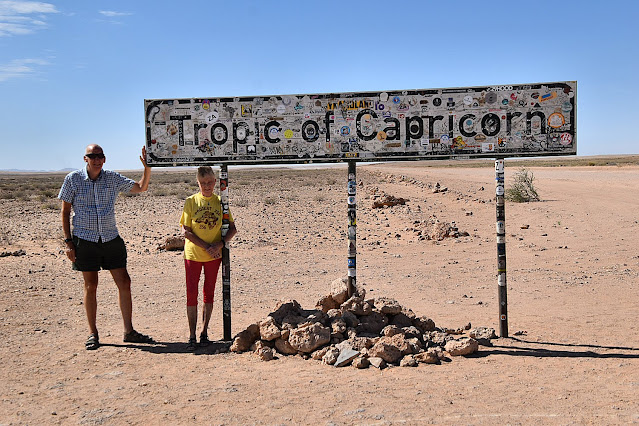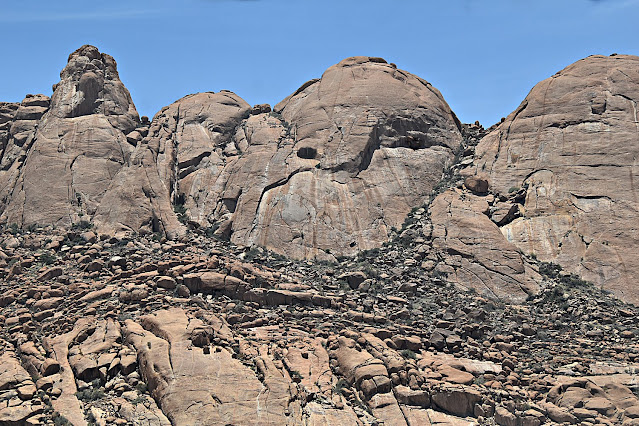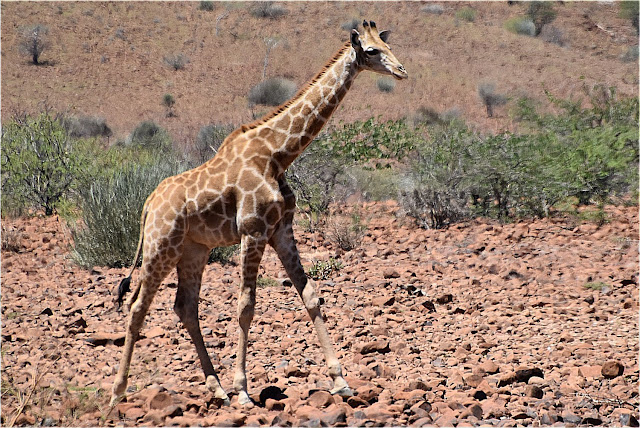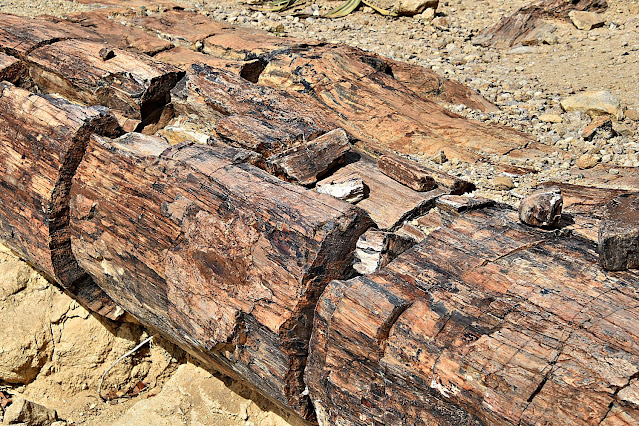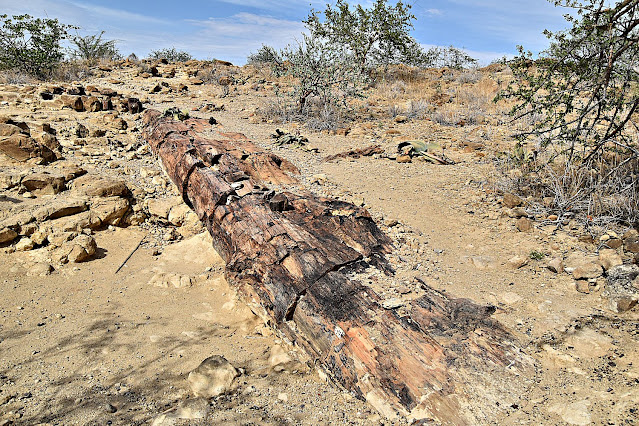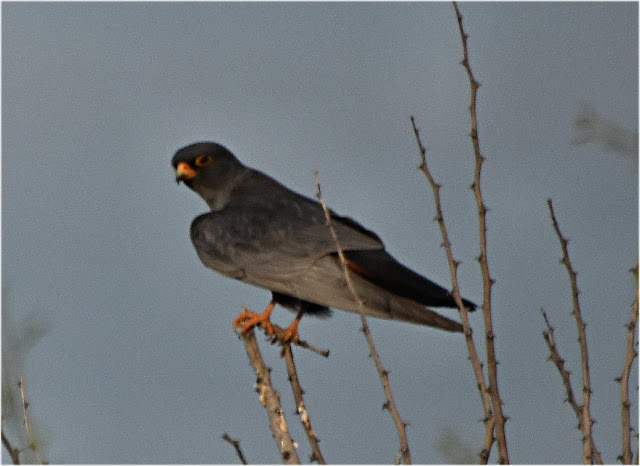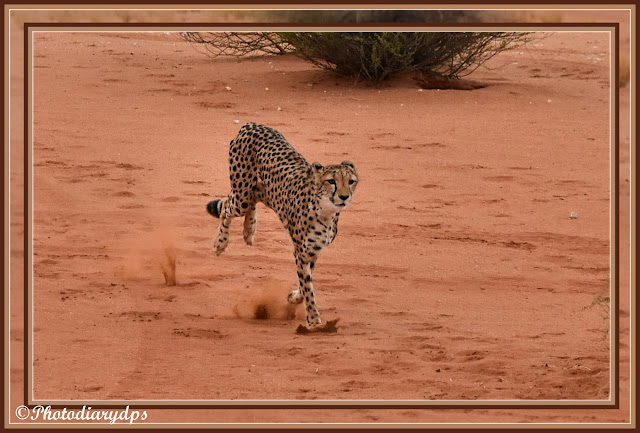The maximum temperature back in the Charente today is14⁰C, minimum 12⁰C. Showers on and off all day. South/West wind of 26km/h with gusts up to 58 km/h.
This is a very long blog for me but now we have a decent WiFi connection I am hoping that everyone else can see it as well!!
Namibia is known for its vast desert landscapes, with the Namib Desert being one of its prominent features. Approximately 81% of Namibia's land area is classified as desert or semi-desert.
Self explanatory with the two of us.
Welwitschia mirabilis grows in isolated communities in the Namib Desert, in a narrow strip, about 1 000 km along up the coast from the Kuiseb River in central Namibia to Mossamedes in southern Angola. The plants are seldom found more than 100 to 150 km from the coast, and their distribution coincides with the fog belt. Carbon dating tells us that on average, welwitschias are 500-600 years old, although some of the larger specimens are thought to be 2000 years old. Very interesting plants, the link will tell you more.
Giraffe skull,
Pale-winged starling (Onychognathus nabouroup).
Natural arch, rock bridge in the Spitzkoppe area, Damaraland, Namibia. I had to climb up a few rocks so I could have this photo taken by our guide, and driver (Obi), who was so knowledgeable about the country, animals, birds and plants,
Spitzkoppen rocks, spot the elephant....
and here is a funny face.
A Spitzkoppen sunset.
Black-backed jackal (Lupulella mesomelas),....
As above
and another one.
Namaqua chameleon (Chamaeleo namaquensis) is a ground-living lizard found in the western desert regions of Namibia, South Africa and southern Angola. Apparently, they are now endangered...
We were lucky enough to see two of them.
and a little closer.
Cape Cross Seal Colony, in Namibia, is the breeding place of the Cape Fur Seals (Arctocephalus pusillus), which are actually a species of Sea Lion....
As above feeding a youngster...
There are thousands in the colony.
As above.
Spotted in the gardens of Palm weg Ranch where we sadly only stayed two nights it was a lovely spot.
Southern Yellow-billed Hornbill (Tockus leucomelas)...
Once the female lays her eggs she is closed in with mud, and only a small hole is left for the male to feed her through until the chicks are ready to make their way into the world. Not sure what stage this was at, before or after, but both adults were there.
Giraffe at Twyfelfontien tented camp temperatures here were around 38C!!
As above
Desert elephant bull having a snooze. It was feeding happily when suddenly it just decided to lay down right in front of us. In a dry river bed at Twyfelfontien....
Two bulls. The females and one young baby in the herd had moved away to find water at a nearby village so we never got to see them....
As above.
Namibian petrified forest.
As above...
As above...
As above. The name is a bit misleading as it is not exactly a forest, which turned to stone, but rather an accumulation of enormous fossilized tree trunks about 280 million years old. Interesting reading here.
(Danaus chrysippus), also known as the plain tiger, African queen, or African monarch.
Etosha National Park. This is believed to be an Amur falcon (Falco amurensis), but I am not convinced. Richard see below agrees with my ID, Thanks.
Sunset at Halali Camp, Etosha Game Reserve.
Black Rhinocerus (Diceros bicornis). Critically endangered thanks to poaching for their horns.
As above,,,
As above.
African elephant (Loxodonta).
Sleeping male lion (Pantheraleo melanochaita)...
Two male lions...
and just to whet your appetite, I think my next blog will have lots of lion photos.

